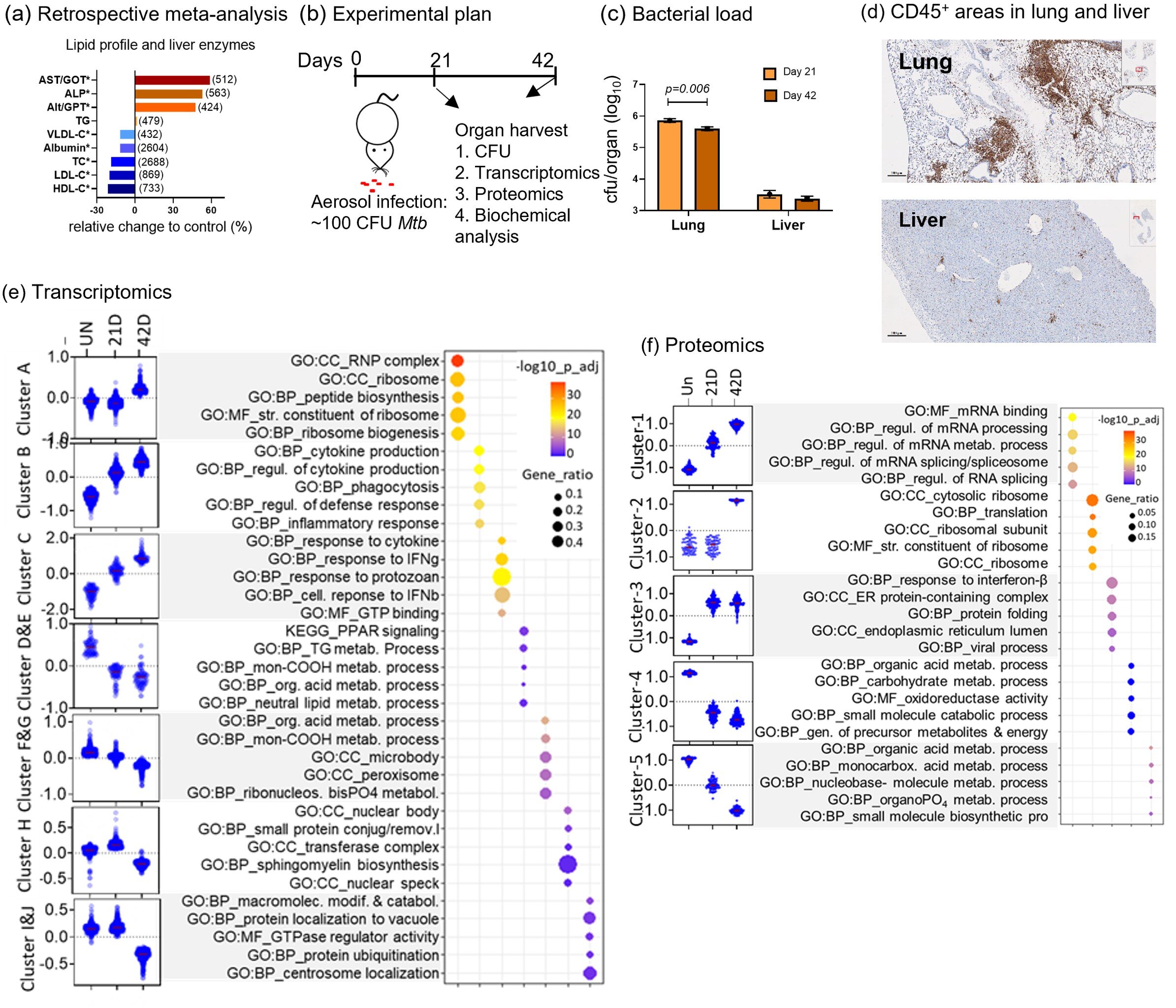A new study led by researchers at The University of Texas at Austin and Harvard Medical School reveals surprising findings about how babies exposed to gestational diabetes mellitus (GDM) grow during their first year of life.
The study, out today in the American Journal of Clinical Nutrition, challenges current views on obesity risk by showing slower fat gain among these infants compared to others in their first year. This suggests babies’ early growth may adapt and self-correct more than previously thought and could mean that infants exposed to GDM are not necessarily predisposed to obesity but instead may benefit from additional monitoring to support healthy growth.
“We often think that babies exposed to gestational diabetes will automatically be at higher risk for childhood obesity, but our findings show a more complex picture,” said Elizabeth Widen, corresponding author and assistant professor of nutritional sciences at UT Austin. “While these infants are born with more body fat, many seem to naturally balance out over time.”
Babies born to mothers with GDM had higher levels of body fat at birth, but these infants showed slower fat gain during their first year of life, suggesting a flexibility in early-life growth patterns that earlier studies may have missed.
GDM occurs in approximately 8.3% of pregnancies in the United States, and that number has risen significantly over the past two decades. Mothers with GDM face an increased risk of pregnancy complications and a higher risk of Type 2 diabetes later in life. Infants exposed to Type 2 diabetes are usually born with higher-than-average birth weights, higher percentage of fat (adipose) tissue and higher body mass indexes. Previous studies have found an increased risk of Type 2 diabetes and obesity later in life for infants exposed to GDM in utero.
The study followed 198 infants, half of whom were exposed to GDM in utero. The data was collected between 1996 and 2006, with the majority recruited before GDM was typically treated with drugs like metformin or insulin to control blood sugar levels.
“These data are consistent from the Maternal Fetal Medicine Units Network of treatment of mild GDM in pregnancy, showing that there was no reduction in childhood obesity or metabolic dysregulation between ages 5 to 10 in offspring of treated GDM mothers as compared with controls,” said Patrick Catalano, professor of reproductive endocrinology at Harvard Medical School who led data collection.
Researchers measured each baby’s weight, length and body fat at birth and then several times over the first 12 months of their lives. Using advanced statistical techniques, the research team mapped each infant’s growth pattern, uncovering three distinct growth trajectories.
“Surprisingly, GDM-exposed infants were more likely to experience slower body fat gain, but equivalent gain of lean body mass compared with infants of women without GDM, a trend called catch-down growth, which is typically seen in heavier babies who later align with typical growth patterns,” said Widen.
Analysis revealed that GDM-exposed babies were significantly more likely to see slow growth of fat mass and body fat percentage and more likely to be in the group with the slowest growth of BMI or even decreasing BMI.
“Previous studies have not really looked at this critical first year of life with the kind of sensitive body fat measures we were able to use,” said Rachel Rickman, lead author of the study and former doctoral student of Widen. “The data here is really quite striking, and it raises a lot of questions.”
Marcela R. Abrego and Saralyn F. Foster of UT Austin, Amy R. Nichols of University of California, Davis and Charlotte E. Lane of Food Security Evidence Brokerage were also authors on the paper. The research was funded by the National Institute of Child Health and Human Development and the General Clinical Research Center.

